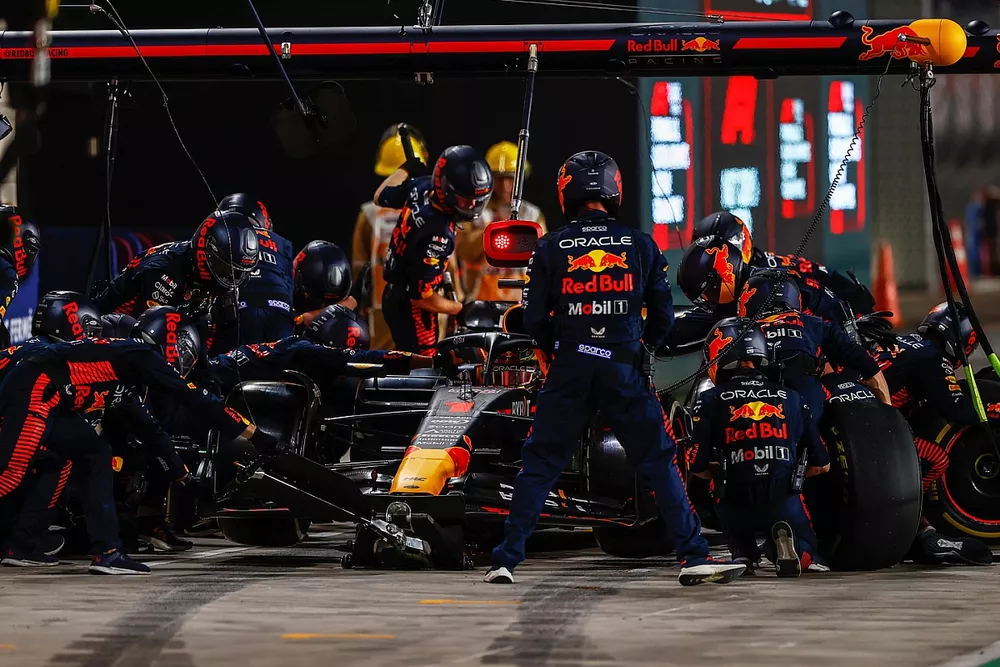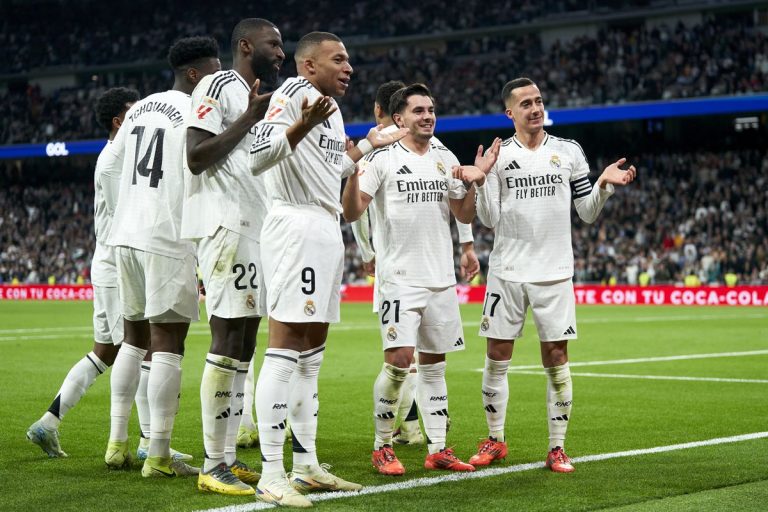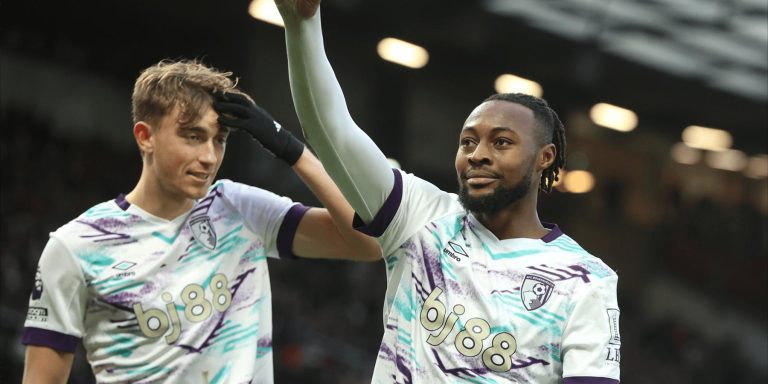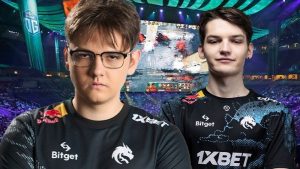Christian Horner, Red Bull Formula 1 boss, criticized the enforced pit stops at 2023 Qatar Grand Prix. He believes such decisions “doesn’t make sense” and there is no permanent place for it in F1.
Last weekend at the Losail International Circuit, the tyre manufacturer identified microscopic failure in the tyre sidewall. The problem arose from continuously running over new kerbs with an edge design of 50mm.
Following identification of the problem, Pirelli and FIA agreed to clamp team’s right to decide the number of pit stops. It imposed a restriction of maximum 18 laps for 57-lap race, imposing three stop strategy for everyone.
This decision led to criticism on the race for being too predictable. Horner shared the same sentiment and insisted that F1 shall not opt for it again. Else it will impact not just the race but also the qualifying.
He said: “I think you’ve got to give the freedom and that creates the creativity.
- Read More:
“Mandated pitstops? It will have effects on the end of qualifying and how many laps you do in qualifying to save tyres for the race… so that to me, it doesn’t make sense.
“You want to run your fastest race and whether it’s a one stop or two stop or three stop. That’s where we need to be at.”
Max Verstappen, the newly Red Bull F1 crowned three-time world champion, dominated throughout the race. He took the victory with a 4.8 second lead over Oscar Piastri, McLaren rookie.
Verstappen’s lead would have been greater if there wasn’t a late safety car. He had struggled to save his tyres through out the season. The FIA restriction helped him to save tyres and have more offensive performance.
Horner understands FIA position
Horner continued: “From a safety point of view, I fully understand why they did it.
“Maybe strategically, it wasn’t the optimum strategy for this race, two stop and tyre deg and some of the other things would have come into play.
“But it was a different race and it tested the strategists in a different way.
“The thing is, it made it a lot more predictable because you know what the maximum stint length for each car was.
“So for us, it was about managing the risk and exposure of a safety car within the last 10 laps, which is why we went past an optimal strategy to make sure that we had the coverage in the event the drivers behind had a free stop to give Max the best tyres possible.
“So, it was a risk limitation strategy, particularly in that last 10 [laps].”
















